Streamlining your business operations and processes is critical in the modern business landscape. Optimized business processes eliminate inefficiencies and boost productivity and profitability.
The approach allows cost reductions for maximum resource utilization. Efficient service delivery enhances customer experiences and satisfaction. In addition, streamlined business operations free up limited resources, allowing you to focus on strategic tasks to fuel growth. The following strategies can help you streamline your business operations and processes.
1. Map the Processes
Once you identify the business processes needing adjustments, map the steps to understand how to implement effective changes. Attention to detail is vital since some functions contain multiple steps that affect outcomes.
Process mapping isn’t complex. You can create a chart to document the process and get a deeper understanding. However, flowchart software or workflow management systems can simplify the task, especially if you want to share the progress with team members. Most importantly, you can implement large-scale modifications to save time.
Nevertheless, it’s vital to involve all the people using the processes. The people understand the tasks, so they can offer insights on the best ways to improve workflow processes. For instance, you should involve the accounting department when implementing changes to streamline your invoicing processes.
2. Use Modern Technology to Automate the Processes
Every organization deals with repetitive processes that consume critical resources and stress the workers. For example, your team spends a lot of time scheduling blog posts, preparing invoices, and drafting payment reminders. Most redundant tasks waste valuable time and aren’t billable. Typically, your employees perform boring tasks that have minimal impact on your bottom line.
Various automation tools can help minimize and simplify your workload and focus on productive tasks. For instance, you can deploy content management tools to automate social media posts and engagement. The tools allow you to schedule your posts and create email campaigns to save time and resources. Regardless of what you want to automate, you can find a tool for any process in your business.
3. Employee Training and Development
Trained and motivated employees are more productive and efficient. Investing in your employees gives people a higher sense of fulfillment since they feel secure in your company. This approach enhances employee retention and loyalty.
Ideally, you should offer training and career development opportunities to enhance skills and knowledge. In addition, cross-training programs ensure employees are competent to handle different responsibilities across the organization.
Investing in leadership development empowers your managers with critical skills to solve problems, streamline operations, and facilitate efficiency. For instance, you can sponsor some of your top-level management for a masters in project management to ensure project goals are met.
4. Outsource Some Tasks to Professionals
Handling all your business tasks gives you more control but efficiency isn’t guaranteed. It’s best to outsource some processes to third-party contractors to improve efficiency. Typically, a competent team can help you accomplish more tasks quickly.
Besides streamlining your operations, outsourcing can help you save on business expenses. Hiring an independent contractor is cheaper than maintaining an in-house team. Most contractors get paid for rendered services, unlike employees who demand salaries and additional benefits.
You can outsource various tasks, including website maintenance, content marketing, administrative tasks, and lead generation. Most importantly, avoid performing repetitive tasks that can’t be automated and let third-party contractors handle the tasks. Many businesses also benefit from outsource accounting services, which help reduce costs while ensuring financial accuracy and compliance. However, it’s prudent to research and vet potential contractors to ensure you’re a good fit. You can start by looking at their portfolio and determining if they can deal with your project.
5. Analyze Your Results and Goals
Streamlining business workflows is a lengthy affair, so it’s critical to understand the potential outcomes for each change you intend to implement. Sometimes, revamping some processes isn’t worth the investment, depending on the predicted returns on investment.
Consider the various ways the changes will likely impact the working dynamics of your team members. For example, deploying automation tools means you’ll have to let go of some employees since most work will be unavailable. However, if you lay off many workers at once, organizational morale can decline since the remaining employees can experience uncertainties.
6. Streamline Your Decision-Making Processes
Inefficient decision-making can jeopardize business operations and limit your growth potential. However, you can revamp your decision-making process by specifying roles, delegation, and fast-tracking approval cycles.
Ideally, it’s best to avoid unnecessary bureaucracy and allow employees to make independent decisions when necessary. In addition, a data-driven decision-making process can help organizations make informed choices that drive sustainable growth.
7. Integrate Essential Platforms
Most businesses can fast-track the streamlining processes by optimizing the platforms they have. Modern employees interact with different internal tools and SaaS solutions. If you can minimize the platforms, you can enhance your operations.
Typically, relying on separate tools to complete granular tasks makes it easy to create unintended administrative work to ensure consistency across the organization. Automated data pipelines and dedicated solutions can streamline various processes across multiple platforms. This reduces administrative workload by minimizing simultaneous data exposure.
Endnote
Streamlining your business processes is not a one-off task. It requires proactivity and dedication to ensure maximum benefits. Modern technology and automation solutions can help optimize supply chains, team communications and boost business productivity.
Besides enhancing efficiency, businesses can minimize operating costs and ensure better customer satisfaction. The process can be complex depending on the number of workflows you need to optimize. However, you don’t have to implement all the strategies at once. You can start with the processes with the highest impact and roll out subsequent adjustments depending on your goals and results.




























